
Tracheitis means inflammation of the mucous membrane of the trachea. As a rule, the disease does not arise on its own, but joins rhinitis, pharyngitis or bronchitis. Treatment is mainly outpatient.
Contents
- 1 Symptoms
- 2 Treatment
- 2.1 Adults
- 2.2 Children
- 2.3 General standard of treatment
Symptoms
According to the International Classification of Diseases, the tracheitis is an ailment of the upper respiratory tract. However, the trachea is anatomically related to the lower respiratory tract, so tracheitis is rarely the first disease in the pathway to infection.
The disease is caused by common pathogens: staphylococci, streptococci and so on. They are also the cause of rhinitis or pharyngitis. In the absence of treatment of overlying airways, the inflammation spreads to the trachea.
The mechanism of the disease is as follows: the inhaled air, passing through the nose, is warmed and moistened. However, if the mechanism of air purification or breathing difficulties is violated, the air immediately appears in the larynx and enters the trachea. This leads to irritation of the mucous membrane of the trachea and to its supercooling.
On video treatment of acute tracheitis:
These factors provoke inflammation. It manifests itself in different ways: in chronic course, for example, it is equally possible as hypertrophy - excessive allocation of mucus, and atrophy - lack of the latter. At the same time, mucosal atrophy is observed. From the nature of the pathogen - bacteria, virus, allergic factor, the course of the disease is almost independent.
- Atrophy of the mucosa and causes the main sign of acute tracheitis - dry, nasal cough, "barking", which then goes to "wet" or even purulent. As a rule, cough is worse at night and in the morning - due to decreased blood supply. Cough provokes any tension - laughter, sudden movement, deep sigh, crying, talking and so on.
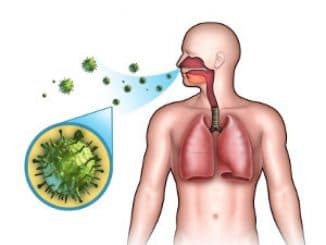
After coughing, strong painful sensations remain behind the sternum, in the throat. Symptoms are so severe that the patient tries to limit himself in movement, for fear of simply turning or bending over. Breathing, as a rule, shallow and shallow, especially in children.
In the second stage, mucus is released during coughing. Then - on the 3-4th day, the discharge becomes purulent-mucous, go away easier, and the cough becomes less distressing.
- The second clear sign of acute inflammation is an increase in the temperature of , usually up to 37.5-37.7 C. It is possible to increase to 39 C, usually in children.
- Symptoms of intoxication - vomiting, nausea, absent. Inflammation causes weakness, lethargy, rapid fatigue. However, due to prolonged attacks of cough, a headache develops and sleep is disturbed.
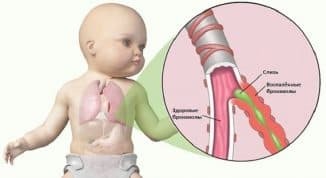
- Difficult breathing is observed, respiratory stridor - noisy breathing. When combined with laryngitis, dysphonia appears.
- Very often tracheitis is joined by bronchitis .Coughing attacks at the same time become more prolonged and severe, the temperature often increases in children.
The disease lasts about 2 weeks, after which either the patient recovers or the acute tracheitis passes into a chronic form. Possible complications - bronchiolitis, bronchopneumonia. The latter occur more often with combined forms - laryngotracheitis, tracheobronchitis.
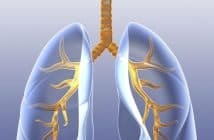 And here's how to treat acute tracheitis in a child, and what medicines should be taken will help understand this article.
And here's how to treat acute tracheitis in a child, and what medicines should be taken will help understand this article.
What inhalations for tracheitis should be used, and which drug is best used, will help to understand this article.
It will also be interesting to know which antibiotics for acute tracheitis should be used first: http: //prolor.ru/g/lechenie/ antibiotiki-pri-traxeite.html
How is chronic folk remedy treated with folk remedies, and what can be used at home, help understand this article.
Treatment of
Diagnose tracheitis on the basis of patient complaints and the result of examination by a laryngoscope. In some cases, if there is a suspicion of the spread of inflammation to the lower respiratory tract, X-ray and endoscopy can be prescribed.
If severe complications are not observed, treatment is performed on an outpatient basis.
Adult
The main goal of the treatment is to eliminate the causes that triggered the appearance of tracheitis. Therefore, the diagnosis of the disease is so important: depending on the cause, treatment is also prescribed.
- If there are no symptoms of intoxication and no indication of the allergic nature of the disease, prescribe the usual antipyretic and anti-inflammatory drugs - paracetamol, aspirin. Very useful procedures: thermal inhalation, compresses, mustard on the sternum. Thermal procedures are carried out only after the temperature is normalized.
- If symptoms of intoxication are present or inflammation spreads to the lower respiratory tract, sulfonamide drugs are used. And also antibiotics of the penicillin series - amoxicillin, ampicillin.
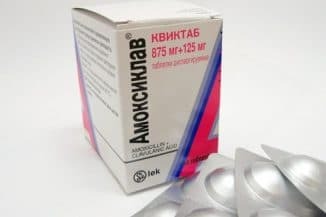
- The elimination of a cough is also determined by its nature. At mucosal atrophy, it is necessary to stimulate the release of mucus. With hypertrophy - to help reduce it.
- With a dry cough, drugs that cause liquefaction of phlegm are prescribed - glaucine, lazolvan( how many drops of Lazolvan should be used for inhalations to an adult, this article will help to understand) bromhexine.
- With wet cough, the therapy includes expectorants - licorice root, althea root.
- When purulent cough, antibiotics are used in the form of a spray.
- If the cause of tracheitis is a viral infection, especially influenza A or B, the course includes the administration of remantadine according to the scheme: 0.1 g 3 times a day on the first day, 0.1 g 2 times a day for the next two days, and 1 reception of suchthe same dose for 4 days. Taking a medicine at a later stage of the illness does not make sense, since its influence is limited.
- If the infection is not defined, you can confine yourself to interferon.
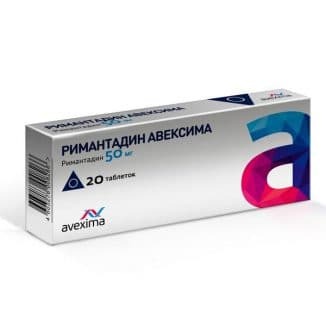
When a combination of tracheitis with pharyngitis or laryngitis, apomorphine hydrochloride and althea infusion are prescribed.
Extremely strong effect of inhalation. Apply steam, ultrasonic inhalers, as well as all devices that can replace them at home. The most affordable of them: heated water - 3-4 glasses, in a pot or kettle. It is necessary to conduct inhalation after 10 minutes, after the boiling water, because too hot steam can burn the nasopharynx.
You can add herbs to the water with soothing and expectorant effects - lavender, oregano, coltsfoot, raspberry leaves. You can add essential oil - eucalyptus, fir, sea buckthorn, not more than a few drops. Do not hurt and pinosol - 2 ml per 1 liter of water. But how to apply Pinosol ointment during pregnancy is described in great detail in this article.
Children
The cause of tracheitis in children is more likely than in adults to be a bacterial or viral infection. However, the main danger is not this: most diseases in the child's body develop rapidly, so the danger is very high that the tracheitis will pass into pneumonia.
The disease lasts about 1-2 weeks. In the chronic form passes rarely, but is fraught with a combination with other inflammations and complications.
Treatment scheme is the same as in adults: elimination of the cause of the disease, normalization of the trachea condition, suppression of high temperature. However, the form of medicines and procedures is used differently.
- Antiviral therapy is prescribed from the first day, use interferon, viferon, arbidol.
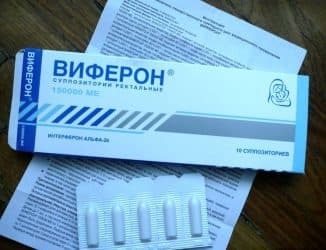
- Antibiotics are prescribed less often, only with severe disease. As a rule, a drug like sumamed is prescribed in the form of a suspension.
- Antitussive and mucolytic agents are prescribed in order to translate dry cough into wet. The agents are used in the form of syrups.
Very many preparations for children are issued in this form: the syrup has a pleasant taste and is much more readily used by a child than a regular tablet or a bitter mixture.
- Warm and plentiful drink is also mandatory here. Compotes, berries and herbal teas, warm tea - at least 1.5 liters per day.
- Mandatory aerosol inhalation and irrigation. The best option for the nebulizer is the nebulizer. Firstly, it allows not only to moisten the mucous membrane, but also to organize a medicinal inhalation. In the form of a solution for inhalation release lazolvan, ambroben, mukolvan, berodual - very effective expectorants.
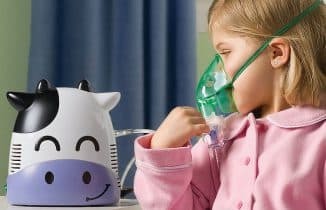
Secondly, with nebulizer inhalation, breathing can be shallow, which is very important in the first stages, when a deep sigh provokes a cough. In addition, it is difficult for a small child to withstand a lengthy procedure, the more uncomfortable and unusual. Nebulizer does not cause any uncomfortable sensations. But what dosage is necessary for inhalation with saline during coughing will help to understand this article.
After normalization of temperature, all possible thermal procedures are carried out: mustard plasters in the chest, compresses, electrophoresis, UHF.
Treatment of tracheitis is outpatient. As a rule, only babies need constant monitoring of a doctor. Bed rest is prescribed only at high temperature.
You may also be interested in learning how to use ginger for colds and coughs.
And here's how to use lemon, honey and garlic for colds, and how this tool works quickly will help understand this information.
General standard for the treatment of
The treatment of adults, children and the elderly is pursued with the same goals. The course necessarily includes the following types of therapy:
- etiotropic - drugs are selected based on the nature of the disease. For the treatment of viral tracheitis, antiviral drugs are needed - arbidol, interferon, and for allergic - antiallergic drugs, like suprastin, fenkarol;
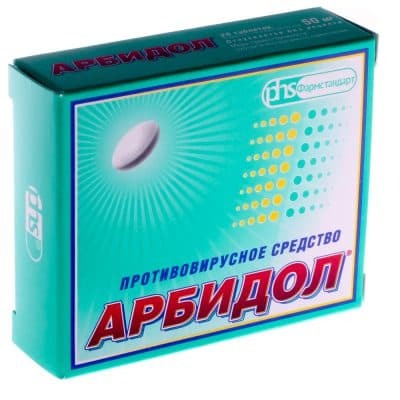
Arbidol for the treatment of
- symptomatic is a therapy aimed at suppressing symptoms. These are antipyretic, antitussive drugs. With low immunity, immunocorrecting agents are also included in the course;
- topical treatment provides constant moisturizing of the mucosa and heating of the .This category includes washing the throat, inhalation, electrophoresis, compresses and so on. This includes warm drinking - this is an important part of the therapeutic course.
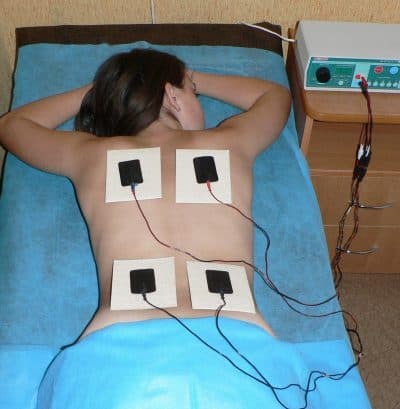
Electrophoresis for adults
The doctor selects the drugs, the dose, the duration of treatment for each patient individually. This takes into account the severity of the ailment, the general condition of the patient, and the possible accompanying pathologies.
Tracheitis is very treatable and when it comes to timely contact with a doctor, it passes without a trace. It is important not to allow the transition of the acute form to chronic, which is treated much longer and is prone to relapse.
